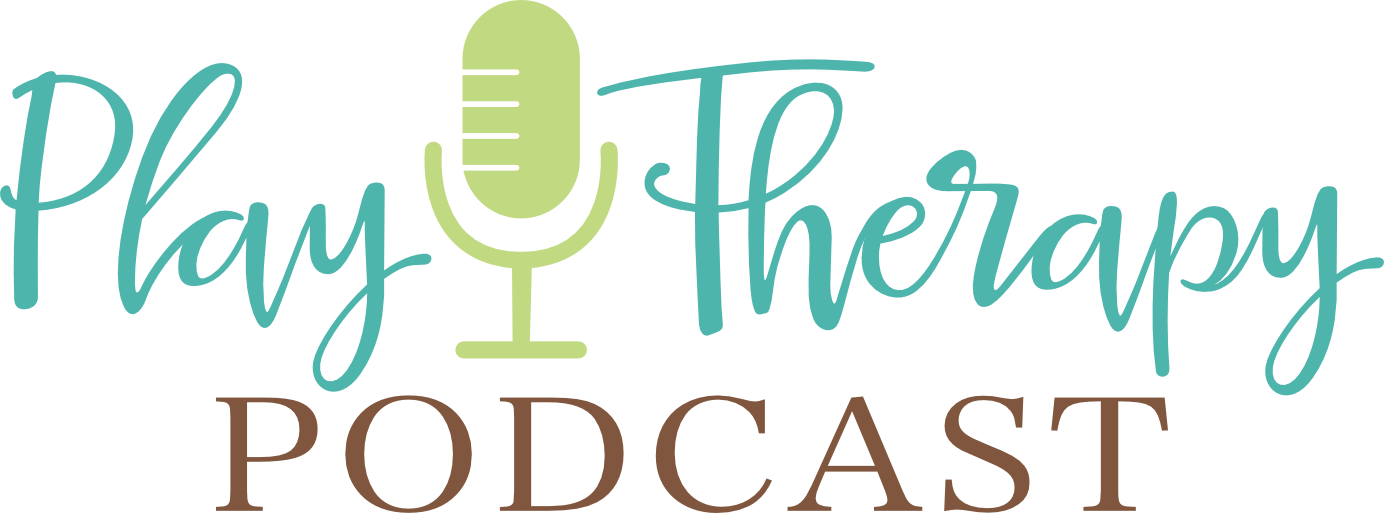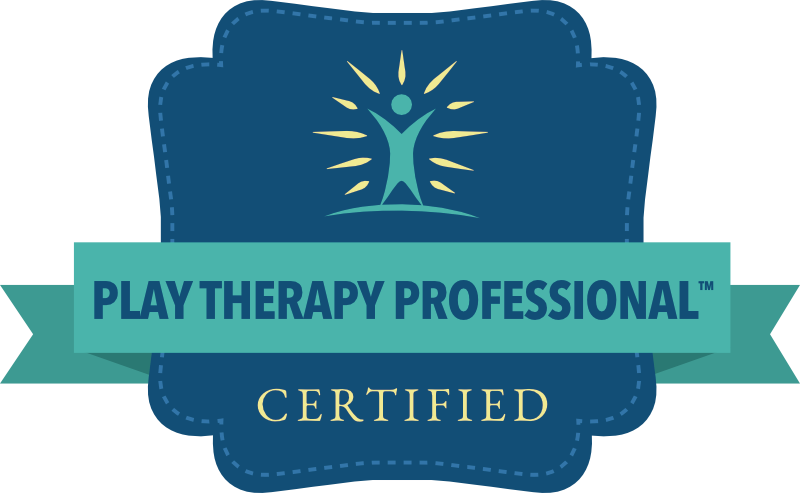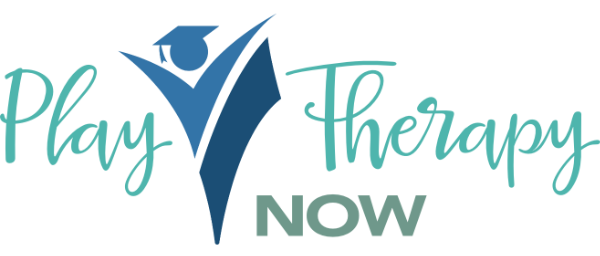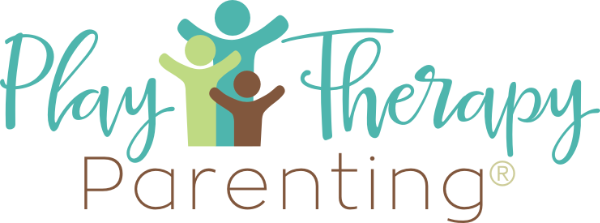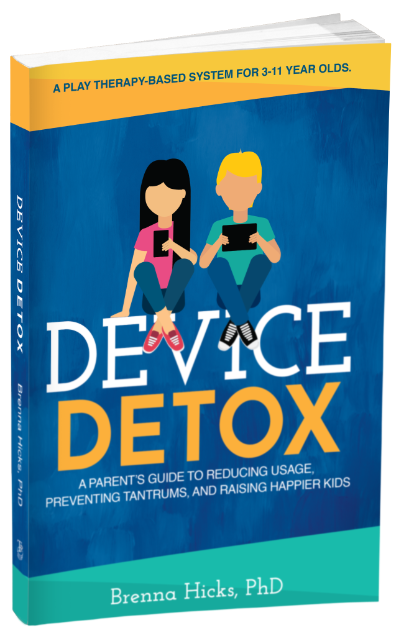The Art of Understanding: Mastering the ‘Why’ in Child-Centered Play Therapy
In this episode, I dive into a question from Ethan in Virginia about understanding the “why” behind a child’s behavior in play therapy. As someone who frequently emphasizes the importance of knowing the why, I share my thoughts on developing this crucial skill.
I begin by reassuring listeners that while understanding the why is important, play therapy can still be effective even when we don’t fully grasp it. The child-centered process trusts that the child inherently knows what they need to do, whether consciously or subconsciously. I discuss several scenarios Ethan presented, explaining how we can use reflective responses and therapeutic techniques even when we’re unsure of the underlying reasons for a child’s actions.
To develop the ability to understand the why, I suggest falling back on our knowledge of human behavior and thinking about motives behind emotions and actions. I emphasize the importance of considering broad picture analysis, such as understanding the connection between anxiety and control. While experience certainly helps, I stress that improving this skill requires consistent effort and intentional practice.
If you would like to ask me questions directly, check out www.ccptcollective.com, where I host two weekly Zoom calls filled with advanced CCPT case studies and session reviews, as well as member Q&A. You can take advantage of the two-week free trial to see if the CCPT Collective is right for you.
Ask Me Questions: Call (813) 812-5525, or email: [email protected]
Brenna’s CCPT Hub: https://www.playtherapynow.com
CCPT Collective (online community exclusively for CCPTs): https://www.ccptcollective.com
Podcast HQ: https://www.playtherapypodcast.com
APT Approved Play Therapy CE courses: https://childcenteredtraining.com
Twitter: @thekidcounselor https://twitter.com/thekidcounselor
Facebook: https://facebook.com/playtherapypodcast
Understanding the “Why” in Child-Centered Play Therapy
As play therapists, we often emphasize the importance of understanding the “why” behind a child’s behavior in the playroom. But how do we develop this crucial skill, especially as less experienced clinicians? In this post, we’ll explore this question and provide insights on how to enhance your ability to interpret children’s actions during play therapy sessions.
The Importance of the “Why” (and Why It’s Okay Not to Always Know)
Before we dive into techniques for understanding the “why,” it’s essential to remember a few key points:
- Research has shown that play therapy can be effective even when you don’t speak the same language as the child.
- Play therapy works even if a child doesn’t speak to you during the entire session.
- The process is successful even when a child ignores you for extended periods.
The beauty of the child-centered process is that we trust the child. Whether consciously or subconsciously, the child knows what they need to do. Even if we don’t fully understand the “why,” using reflective responses allows the child to process what they need to.
Responding Without Knowing the “Why”
Let’s look at a few scenarios and how we can respond therapeutically, even without fully understanding the motivation:
Scenario 1: A child throws something at your face and laughs
In this case, we can:
- Track the behavior
- Reflect an emotion
- Provide narrative commentary
Any of these responses will be therapeutically valuable and help the child learn self-control and self-regulation over time.
Scenario 2: A child asks how much time is left
There could be several reasons for this question. We can:
- Reflect content
- Reflect a feeling
- Provide narrative commentary
These responses show the child that you’re engaged, present, and focused on their experiences.
Scenario 3: A child buries something in the sand tray
Again, there are multiple potential reasons for this action. We can:
- Track behavior
- Reflect a feeling (if evident)
- Provide narrative commentary
The child will naturally process whatever is going on until they no longer need to bury things.
Developing Your Ability to Understand the “Why”
While it’s okay not to always know the “why,” there are ways to improve your ability to interpret children’s behaviors:
1. Fall Back on Your Basic Counseling Knowledge
Most play therapists have a background in counseling, therapy, social work, or psychology. Use this foundation to interpret interactions with clients on a broader scale.
2. Consider Big Picture Human Behavior
Think about what we know about human behavior in general. For example:
When someone does something and immediately laughs (even if it’s not funny), they might be trying to soften the impact of their action or diffuse tension.
People who frequently ask for information (like how much time is left) often dislike surprises, want control, or are anxious about unexpected situations.
3. Think About Motives and Emotions
Consider the underlying emotions and motivations that drive certain behaviors. For instance:
Highly anxious people typically want control
Power and control needs in the playroom often connect to anxiety
4. Practice Broad Picture Analysis
Instead of focusing on specific situations, try to see patterns and connections. This broader perspective will help you pare down to specific scenarios over time.
Improving Your Skills Over Time
It’s true that understanding the “why” becomes easier with experience. However, it’s crucial to note that this skill doesn’t improve automatically just by being in the playroom. You need to actively work at figuring out the “why” to see improvement.
Continue to put in the effort, connect the dots, and start with big picture analysis before working your way down to more specific interpretations. This approach will help you build your skills in understanding the “why” behind children’s behaviors in play therapy.
Remember, even when we don’t fully understand the “why,” we can still provide effective, therapeutic responses that help children process their experiences and emotions.
